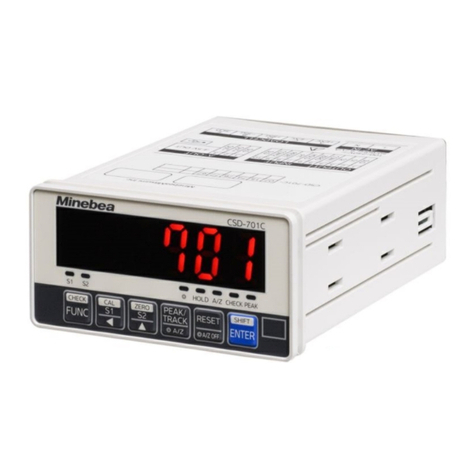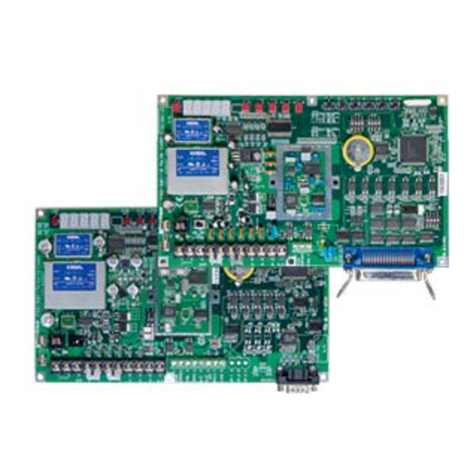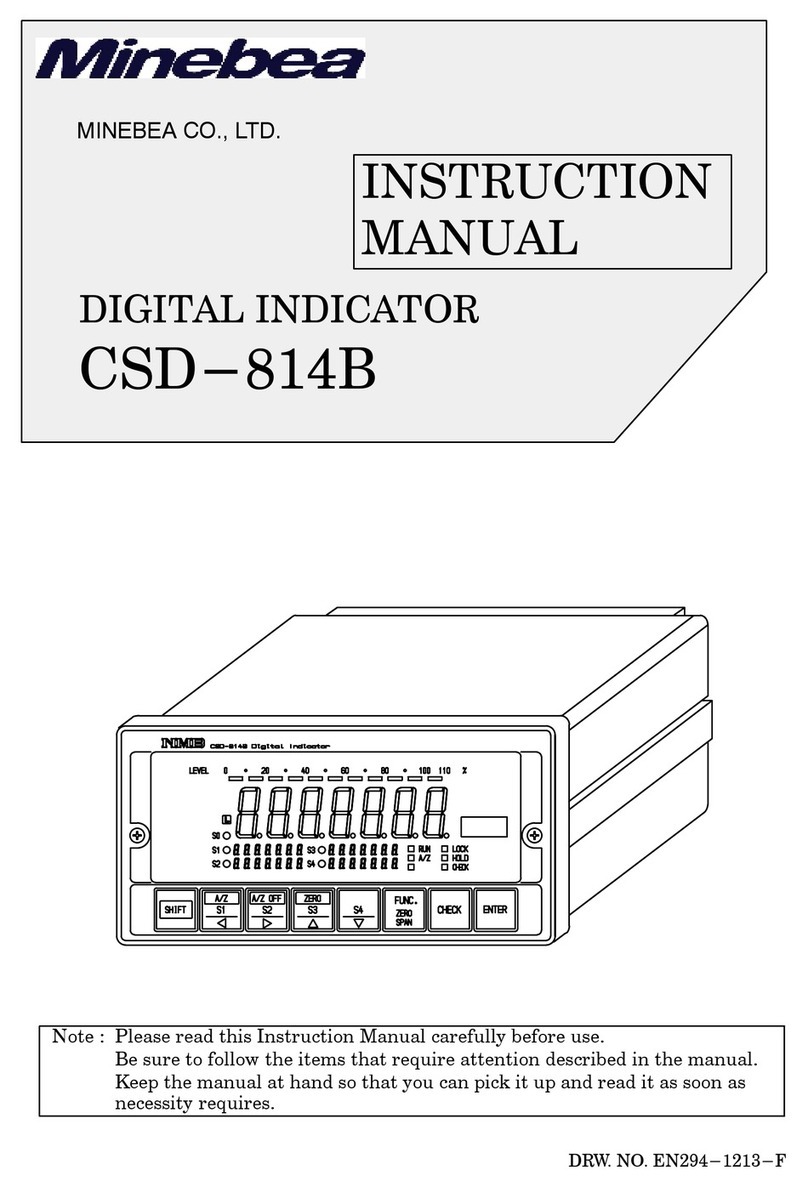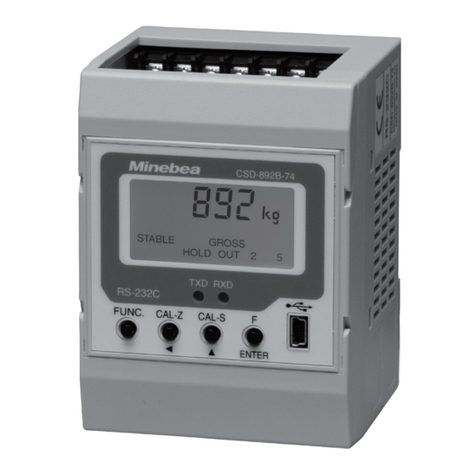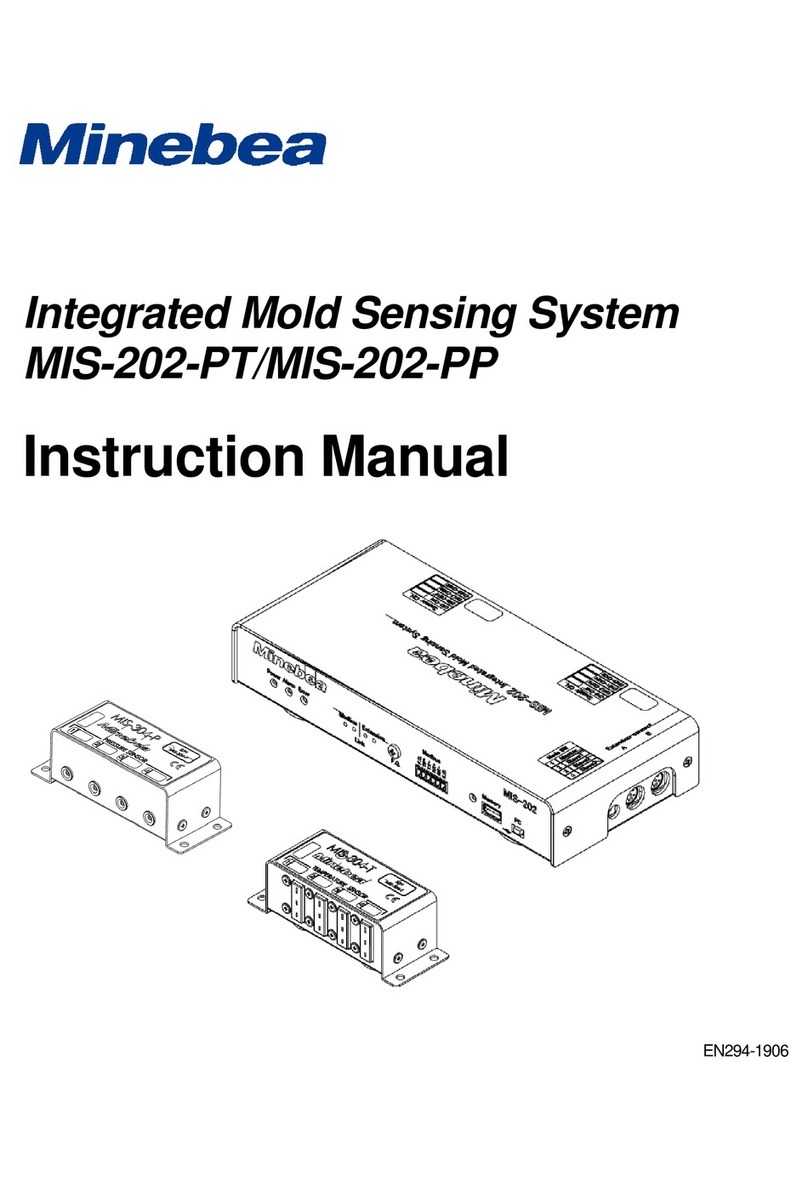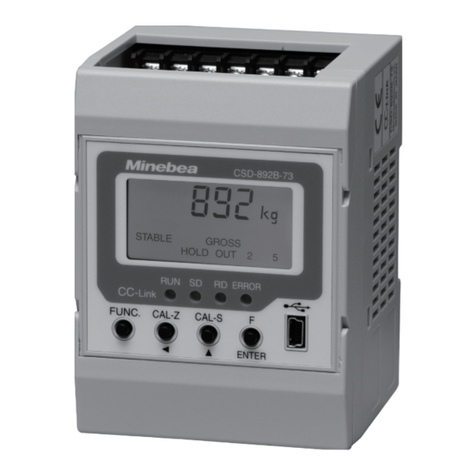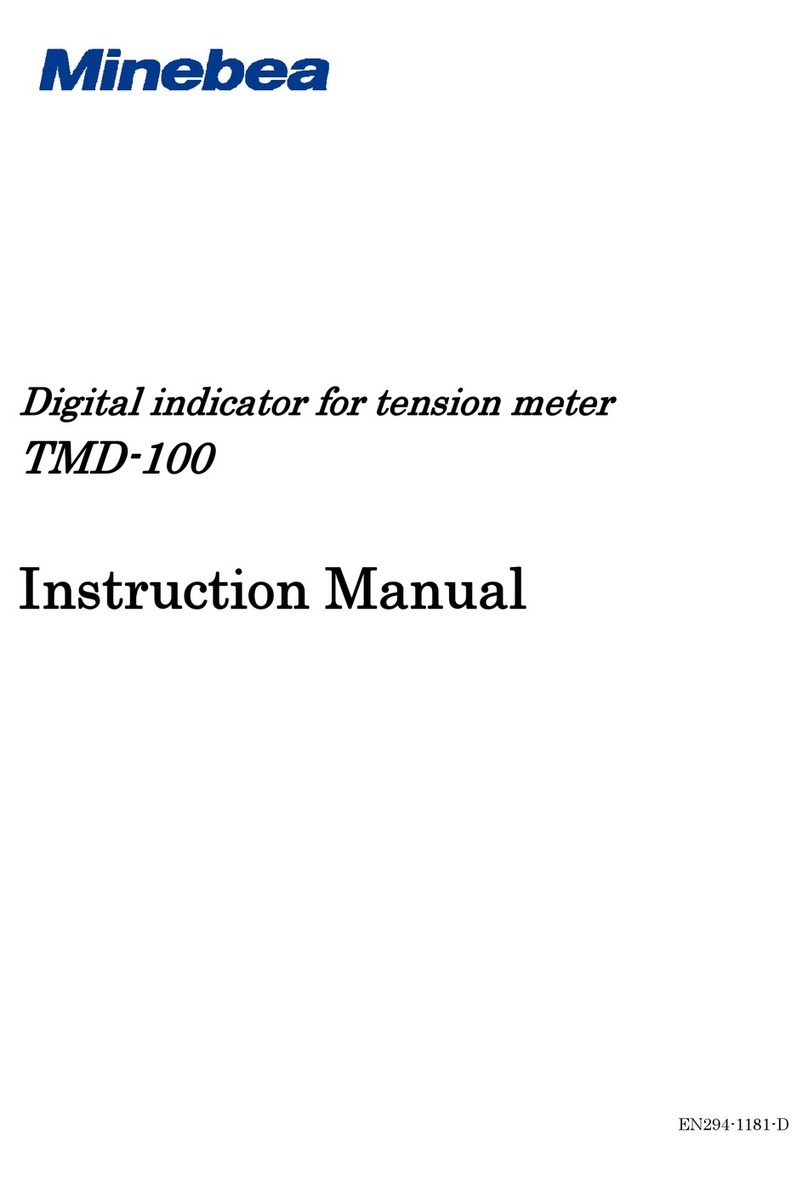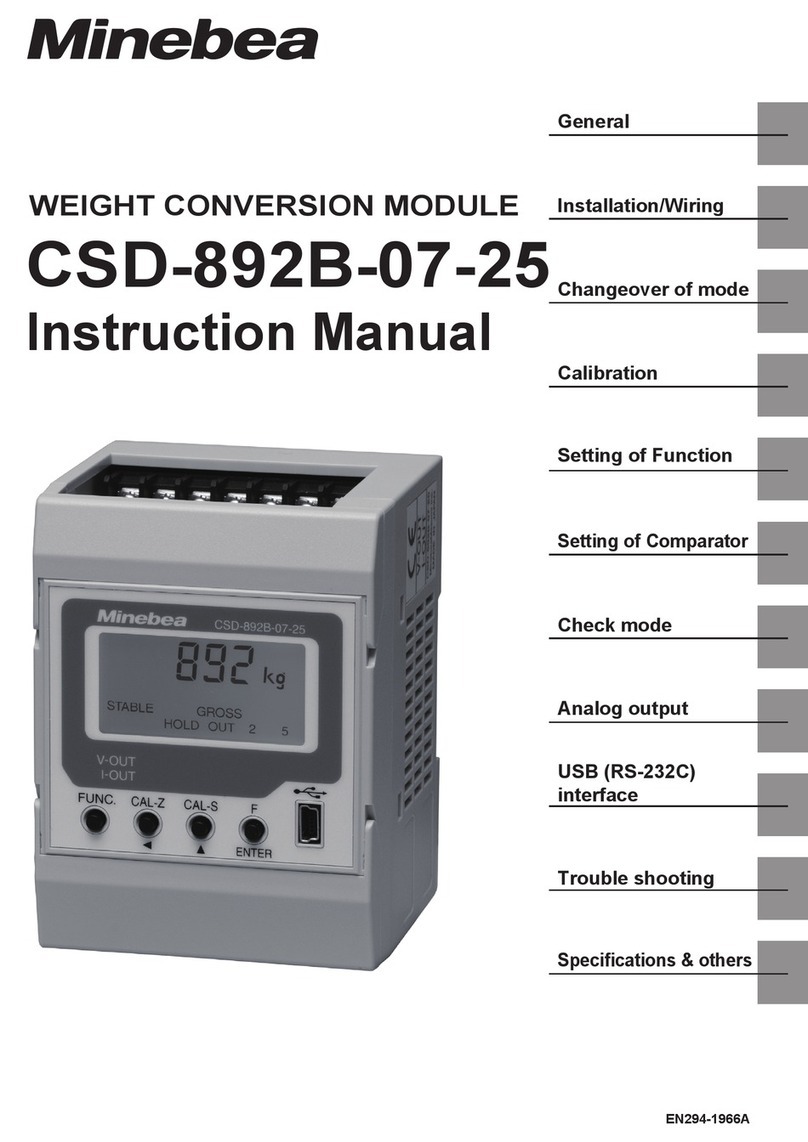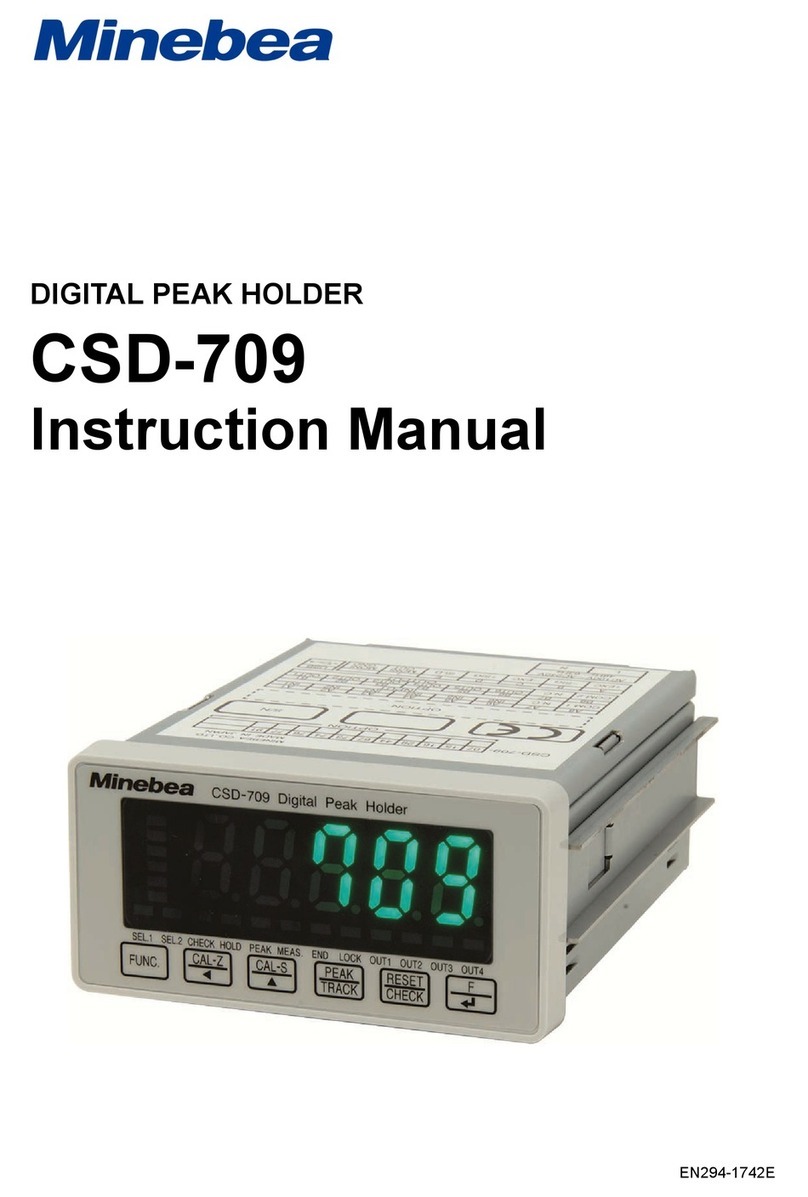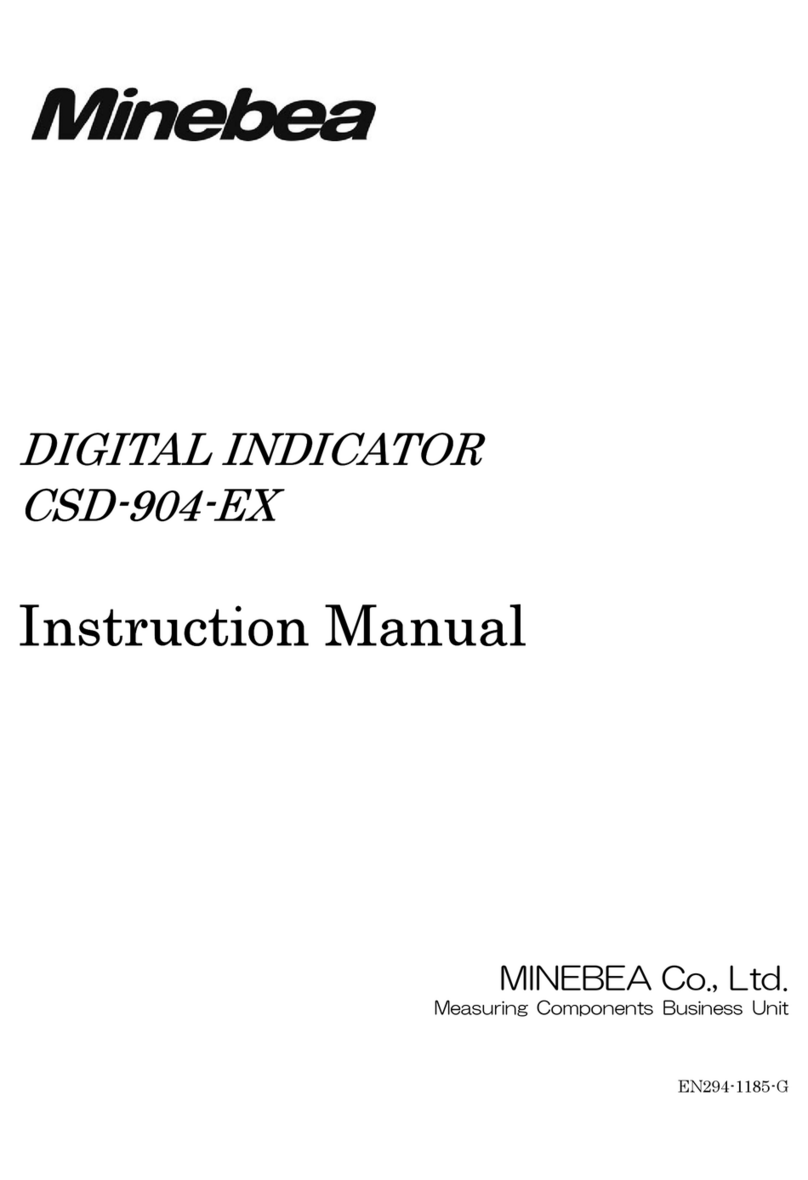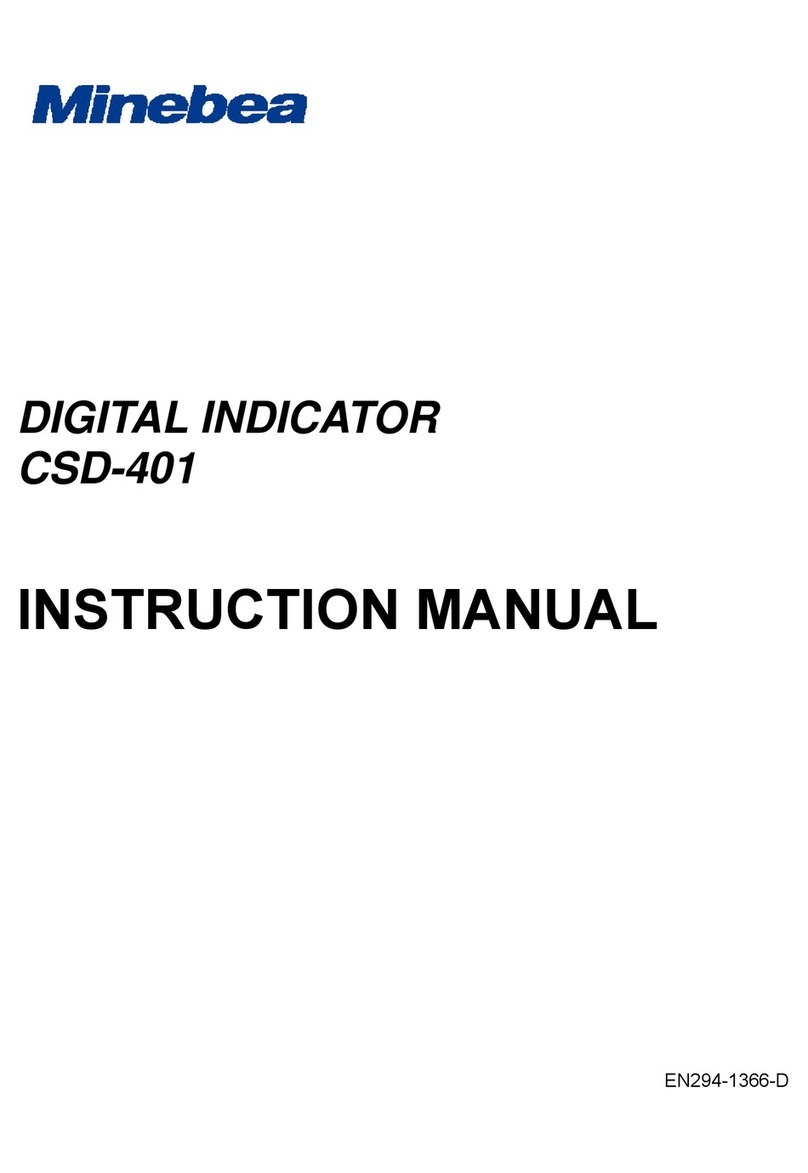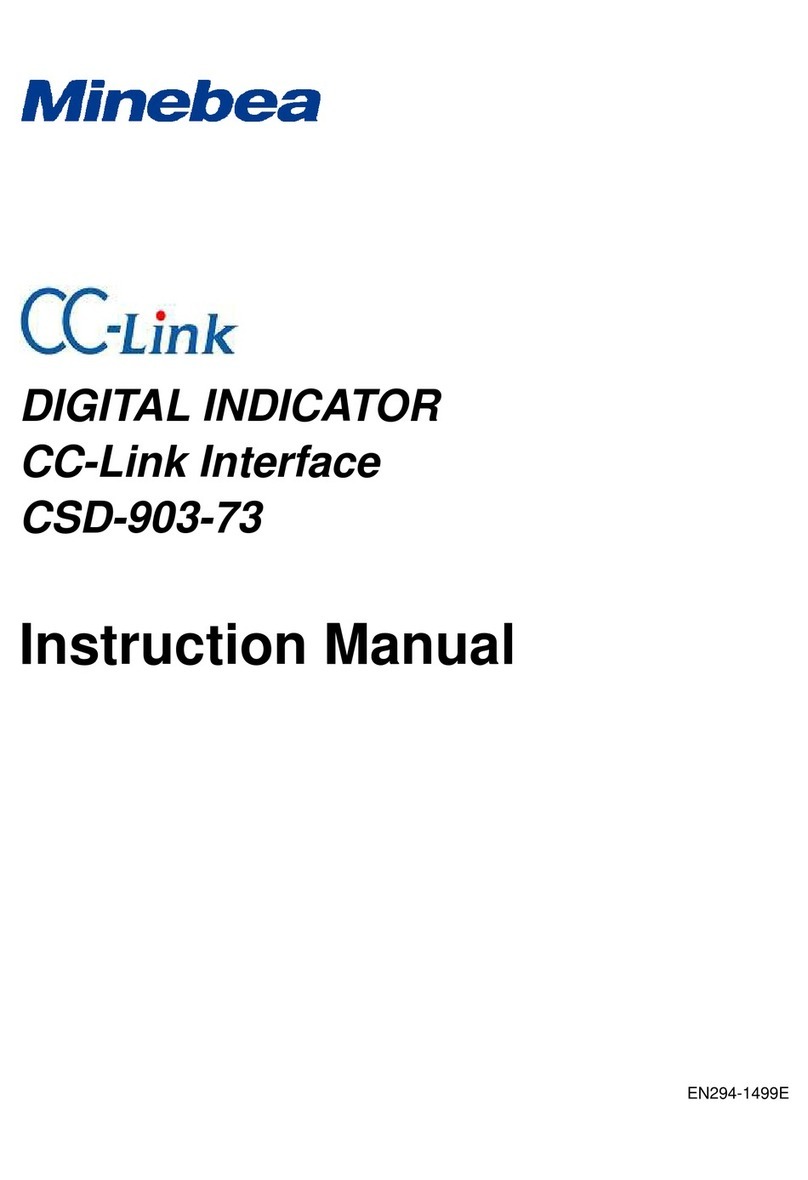
Contents
INTRODUCTION......................................................................................................................................................I
PICTOGRAMS AND CONVENTIONS USED IN THIS MANUAL ...........................................................................I
POSITIONING OF THIS DOCUMENT.....................................................................................................................I
REVISION HISTORY...............................................................................................................................................II
CONTENTS............................................................................................................................................................III
1. OVERVIEW......................................................................................................................................................1
1-1. Features ...............................................................................................................................................1
2. PART NAMES AND FUNCTIONS...................................................................................................................1
2-1. Front panel ...........................................................................................................................................1
3. EQUIPMENT WIRING .....................................................................................................................................2
3-1. Communication connector pin configuration........................................................................................2
3-2. Connection Method ..............................................................................................................................2
4. MODBUS COMMUNICATION SETTINGS......................................................................................................3
4-1. Setup Screen........................................................................................................................................3
4-2. Modbus Settings...................................................................................................................................4
5. COMMUNICATION PACKETS........................................................................................................................5
5-1. Available Function Codes.....................................................................................................................5
5-2. Operation Example: Fetching 2 Bytes of Data.....................................................................................6
5-3. Operation Example: Fetching 4 Bytes of Data.....................................................................................6
5-4. Operation Example: Fetching at Least 8 Bytes of Data .......................................................................7
5-5. Error Response ....................................................................................................................................7
5-6. CRC Calculation...................................................................................................................................7
6. ADDRESS LIST...............................................................................................................................................8
6-1. Reading Control I/O Status (Read Coils) .............................................................................................8
6-2. Reading Alarm/Error Status (Read Discrete Inputs) ............................................................................8
6-3. Reading Shot Count and Time (Read Input Register)..........................................................................8
6-4. Reading Measurement (Read Input Register) .....................................................................................9
6-5. Reading Amplifier Version Information and Configuration (Read Holding Register)..........................10
6-6. Reading Common Settings (Holding Register) ..................................................................................11
6-7. Modbus Communication Specifications .............................................................................................11
